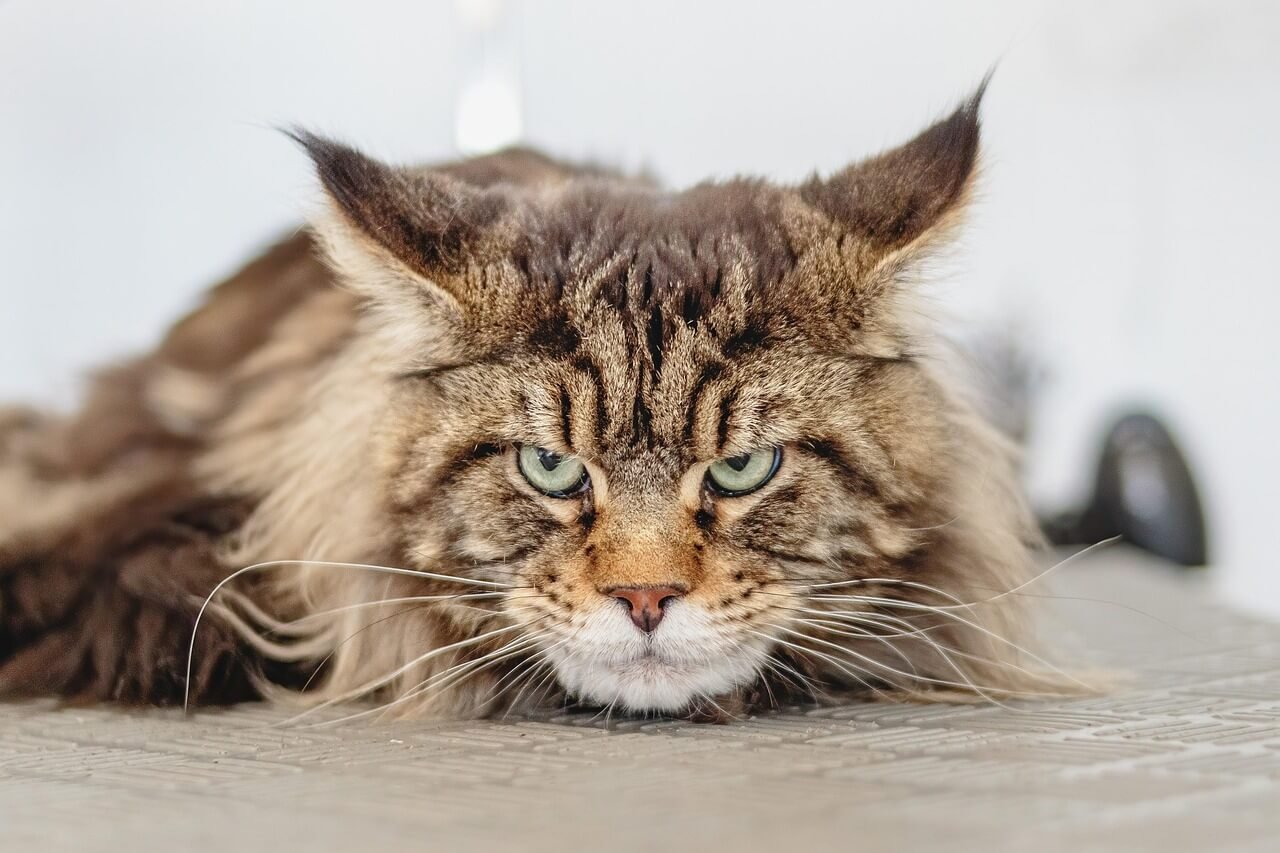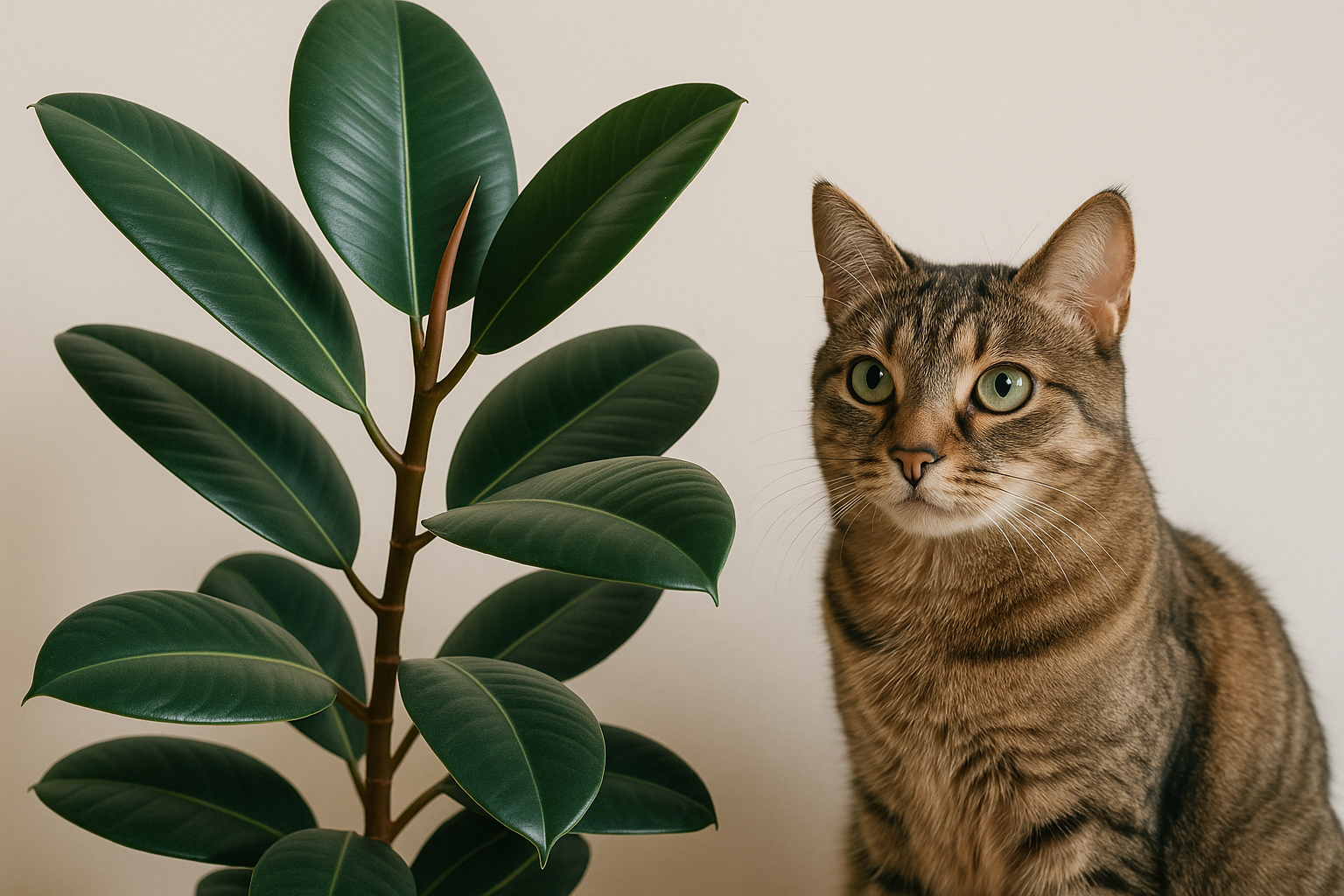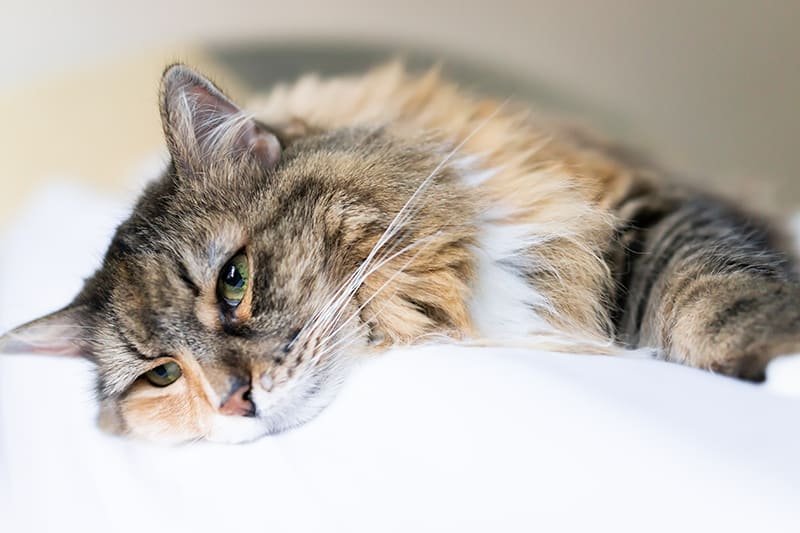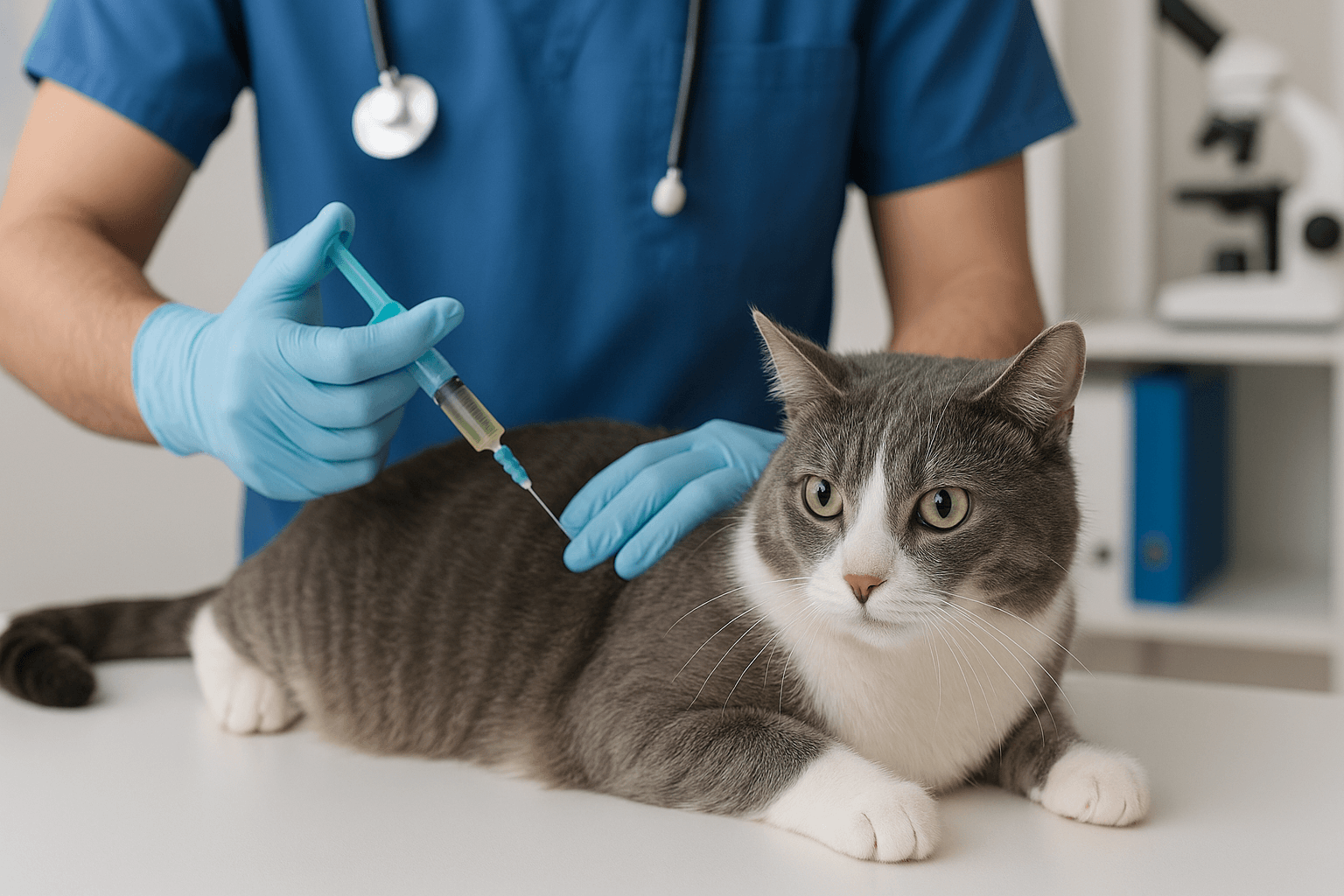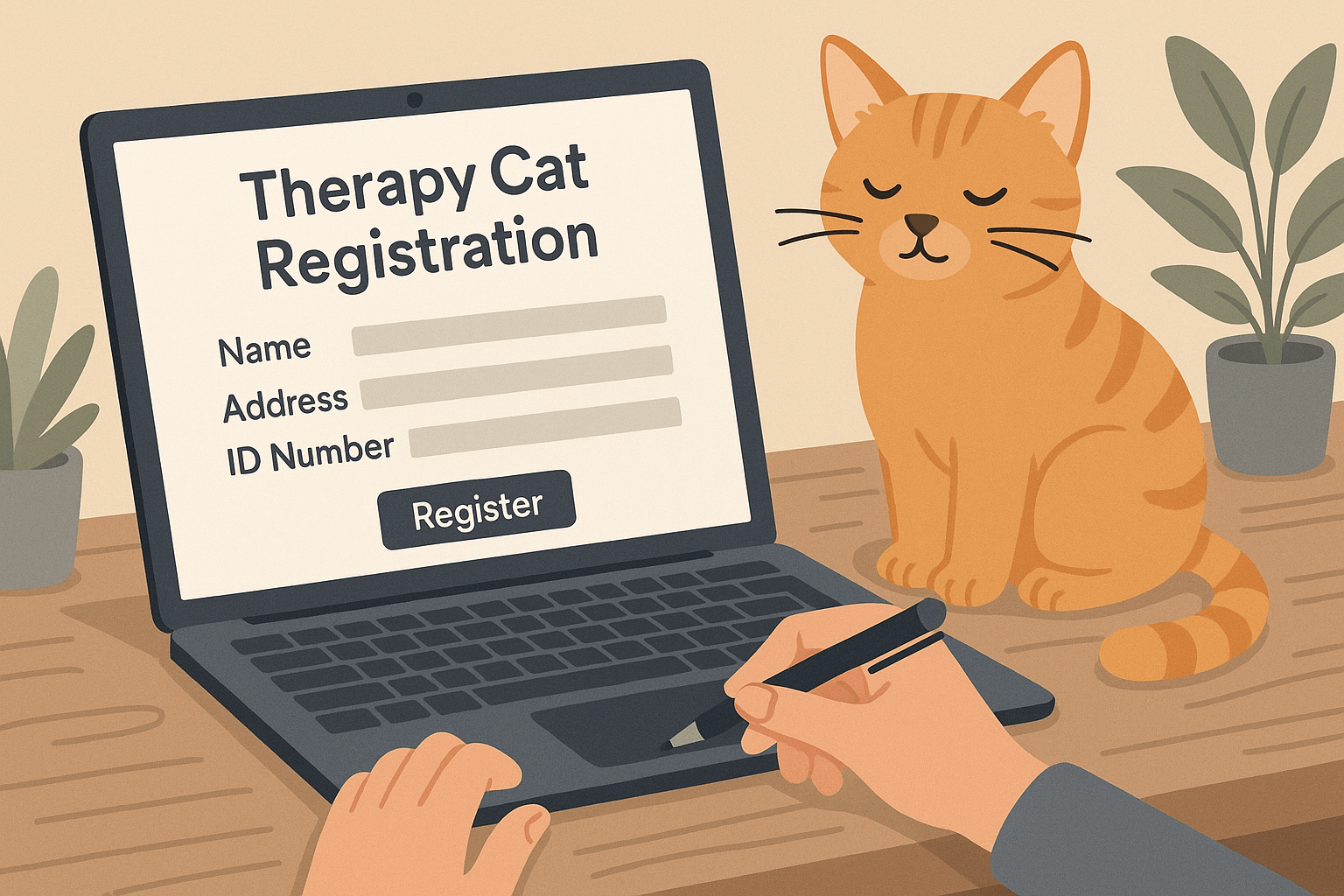Cat Incontinence Treatment: A Guide to Helping Your Feline Friend
Cat incontinence can be a distressing issue for both pets and their owners. While it’s not uncommon, especially in older cats or those with underlying health conditions, understanding the causes and treatment options is crucial for managing this condition effectively. Incontinence in cats refers to the inability to control bladder or bowel movements, leading to accidents around the house. This can stem from a variety of factors, including urinary tract infections, hormonal imbalances, or neurological issues. Fortunately, there are several ways to address cat incontinence, ensuring your furry companion remains comfortable and happy.
In this blog post, we’ll explore the causes, symptoms, and treatment options for cat incontinence, along with practical tips to support your pet through this challenge. Let’s dive in and find solutions to help your cat regain their dignity and well-being.
Common Causes of Cat Incontinence
Understanding the root cause of your cat’s incontinence is the first step toward effective treatment. Here are some common reasons why cats may experience this issue:
Urinary Tract Infections (UTIs)
Bacterial infections in the urinary tract can irritate the bladder, leading to involuntary urine leakage.Bladder Stones or Crystals
Mineral deposits in the bladder can cause blockages or irritation, resulting in incontinence.Hormonal Imbalances
Spayed female cats may experience reduced estrogen levels, weakening the muscles that control urination.Neurological Disorders
Conditions affecting the nervous system, such as spinal injuries or tumors, can disrupt bladder control.Age-Related Changes
Older cats may develop weakened muscles or cognitive decline, contributing to incontinence.
Identifying the underlying cause is essential for determining the most appropriate treatment plan. Always consult your veterinarian for a proper diagnosis and tailored recommendations.
Symptoms of Incontinence in Cats
Recognizing the signs of incontinence early can help you address the issue before it worsens. Here are some common symptoms to watch for:
Frequent Accidents
Your cat may leave puddles of urine or feces in inappropriate places, even if they’re litter-trained.Licking Genital Area Excessively
Over-grooming of the genital area can indicate discomfort or irritation.Strong-Smelling Urine
A noticeable change in the odor of your cat’s urine may signal an infection or other health issue.Blood in Urine
The presence of blood in your cat’s urine is a red flag that requires immediate veterinary attention.Changes in Behavior
Increased agitation, hiding, or reluctance to engage in normal activities can accompany incontinence.
If you notice any of these symptoms, it’s important to seek professional advice promptly. Early intervention can prevent complications and improve your cat’s quality of life.
Check this guide 👉Can You Flush Cat Poop? Best 7 Expert Tips!
Check this guide 👉How to Stop Your Dog from Eating Cat Poop: Best 7 Tips!
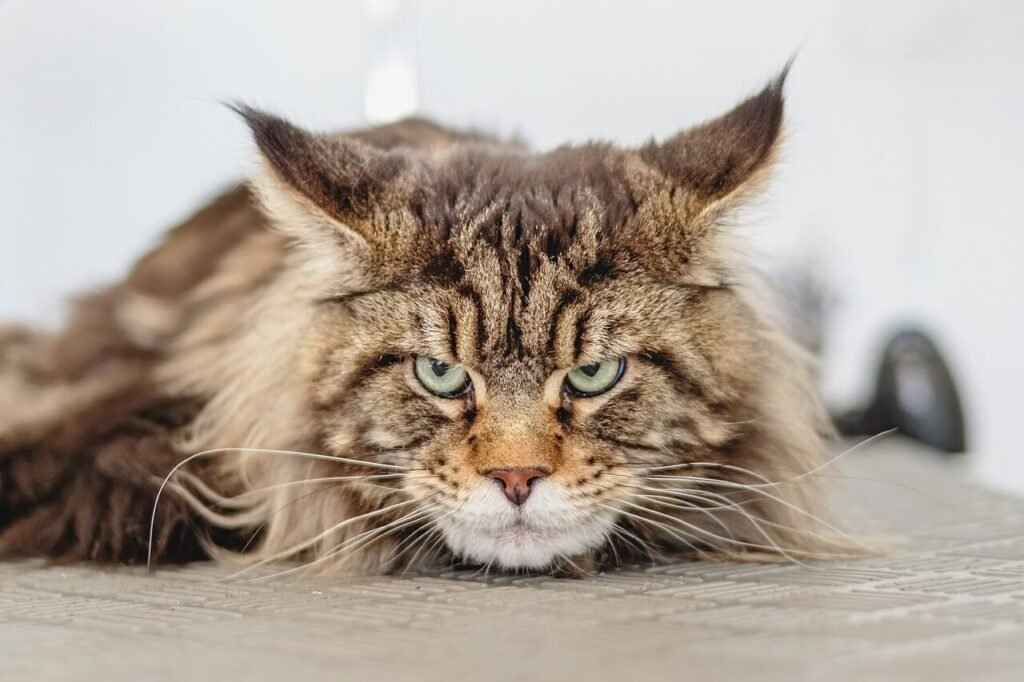
Common Causes of Cat Incontinence | Treatment Options |
|---|---|
Urinary Tract Infections (UTIs) | Antibiotics prescribed by a vet |
Bladder Stones or Crystals | Specialized diets or surgical removal |
Hormonal Imbalances | Hormone therapy or medications |
Neurological Disorders | Physical therapy or medication |
Age-Related Changes | Environmental adjustments and supplements |
Treatment Options for Cat Incontinence
Once the cause of your cat’s incontinence has been identified, your veterinarian can recommend an appropriate treatment plan. Here are some common approaches:
Medications
Prescription drugs like antibiotics, anti-inflammatories, or hormone therapies can address specific underlying issues.Specialized Diets
Diets formulated to dissolve bladder stones or prevent crystal formation can help manage urinary health.Surgical Intervention
In severe cases, such as large bladder stones or tumors, surgery may be necessary to resolve the issue.Environmental Adjustments
Providing easy access to litter boxes and creating a stress-free environment can reduce accidents.Supplements
Natural supplements like cranberry extract or omega-3 fatty acids may support urinary tract health.
Each treatment option should be tailored to your cat’s specific needs. Regular follow-ups with your vet ensure the chosen approach remains effective over time.
Tips for Managing Cat Incontinence at Home
Managing cat incontinence involves more than just medical treatment—it also requires lifestyle adjustments and extra care at home. Here are some practical tips to help your cat cope:
Increase Litter Box Availability
Place multiple litter boxes around the house to make it easier for your cat to reach them quickly.Maintain a Clean Environment
Regularly clean soiled areas with enzymatic cleaners to eliminate odors and discourage repeat accidents.Monitor Water Intake
Encourage hydration by providing fresh water and wet food, which can support urinary health.Reduce Stress
Minimize changes in your cat’s routine and provide safe spaces to help them feel secure.Use Protective Bedding
Waterproof mattress covers or pet-safe bedding can protect furniture and make cleanup easier.
By implementing these strategies, you can create a supportive environment that minimizes the impact of incontinence on your cat’s daily life. Patience and consistency are key to success.
Common Misconceptions About Cat Incontinence
There are several misconceptions about cat incontinence that can lead to confusion or delayed treatment. Understanding the truth behind these myths can help you better support your feline friend. Here are some common misconceptions and clarifications:
Myth: Incontinence Only Happens in Older Cats
While age-related changes can contribute to incontinence, it can occur in cats of any age due to infections, injuries, or other health issues.Myth: Incontinence Is Always a Behavioral Issue
In most cases, incontinence is caused by medical conditions rather than behavioral problems, requiring veterinary intervention.Myth: Spaying Causes Incontinence
While spayed female cats may have a higher risk of hormone-related incontinence, it’s not a guaranteed outcome and can often be managed.Myth: Incontinence Will Go Away on Its Own
Without proper treatment, incontinence is unlikely to resolve and may worsen over time, leading to further complications.Myth: Incontinence Can’t Be Treated
Many causes of incontinence are treatable with medications, dietary changes, or other interventions recommended by a vet.
By dispelling these myths, you can take proactive steps to address your cat’s incontinence effectively. Early action ensures better outcomes for your pet.
Fun Facts About Feline Urinary Health
Understanding feline urinary health can provide valuable insights into managing conditions like incontinence. Here are some interesting facts about cats and their urinary systems:
Cats Have Small Bladders Relative to Their Size
This makes them more prone to urinary issues if their health is compromised.Stress Can Trigger Urinary Problems
Environmental stressors, such as changes in routine or new pets, can exacerbate urinary tract issues in cats.Wet Food Promotes Urinary Health
High-moisture diets help maintain hydration, reducing the risk of urinary crystals or stones.Male Cats Are More Prone to Blockages
Male cats have narrower urethras, making them more susceptible to urinary blockages that can lead to incontinence.Cats Hide Symptoms of Illness
Their instinct to mask pain means urinary issues may go unnoticed until they become severe.
These facts highlight the importance of monitoring your cat’s urinary health and addressing any concerns promptly. Awareness can make a significant difference in preventing and managing incontinence.
Ways to Prevent Urinary Issues in Cats
Prevention plays a key role in reducing the risk of incontinence and other urinary problems in cats. Here are some proactive measures you can take to keep your cat’s urinary system healthy:
Provide Plenty of Fresh Water
Encourage hydration by placing multiple water bowls around the house or using a cat water fountain.Feed a Balanced Diet
Choose high-quality food formulated to support urinary health, avoiding excessive minerals that can form crystals.Maintain a Stress-Free Environment
Minimize changes in your cat’s routine and provide safe spaces to reduce anxiety-related urinary issues.Schedule Regular Vet Check-Ups
Routine examinations can help detect early signs of urinary problems before they escalate.Monitor Litter Box Habits
Keep an eye on your cat’s litter box behavior to identify irregularities, such as straining or frequent visits.
By incorporating these preventive measures, you can significantly lower the risk of urinary issues and incontinence in your cat. A proactive approach ensures your feline companion stays happy and healthy for years to come.
Frequently Asked Questions About Cat Incontinence Treatment
Is cat incontinence a sign of a serious health issue?
It can be, depending on the underlying cause. Conditions like infections or neurological disorders require prompt veterinary attention.
Can diet alone treat cat incontinence?
In some cases, dietary changes can help manage symptoms, but a comprehensive treatment plan is often necessary.
How can I tell if my cat’s incontinence is age-related?
Older cats may show signs of muscle weakness or cognitive decline, but a vet can confirm the exact cause.
Are there medications specifically for cat incontinence?
Yes, medications like phenylpropanolamine (PPA) can strengthen bladder muscles, but they must be prescribed by a vet.
Can incontinence in cats be cured?
Some causes, like infections or bladder stones, can be resolved completely, while others may require ongoing management.
Supporting Your Cat Through Incontinence Challenges
Dealing with cat incontinence can be challenging, but with the right knowledge and resources, you can provide your feline friend with the care they need. By identifying the cause, exploring treatment options, and making thoughtful adjustments at home, you can help your cat live comfortably despite this condition. Remember, patience and compassion are essential when supporting a pet facing health challenges. With love, dedication, and professional guidance, you can ensure your cat continues to thrive and maintain their dignity. Together, we can celebrate the resilience of our beloved companions and give them the best possible quality of life.
Is the Rubber Tree Cat Safe? Best 7 Expert Tips! Discover expert advice on keeping rubber plants safely in cat-friendly homes and learn top tips for pet-safe plant care.
Low Red Blood Cell Count in Cats: Best 7 Expert Tips! Discover causes, symptoms, and treatment options for feline anemia. Learn how to support your cat’s health effectively with expert advice.
Understanding Megacolon Treatment: Best 7 Expert Tips! Discover effective strategies to manage feline megacolon, from dietary changes to surgical options, ensuring your cat’s comfort and long-term health.
How to Register a Therapy Cat: Best 7 Expert Tips! Discover essential steps to certify your cat as a therapy animal, prepare them for training, and make a meaningful impact in therapeutic settings.

